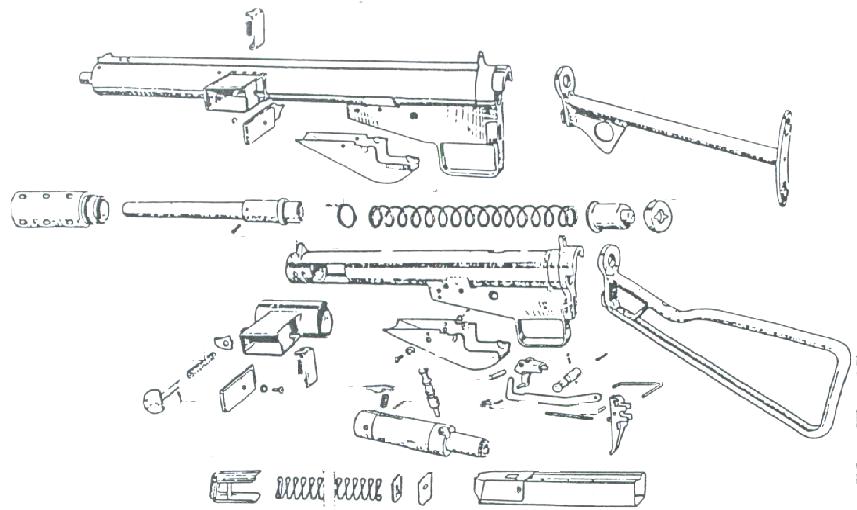

It is only through people like you that history is kept alive. Thank you again for your time, it is truly appreciated. I would also like date to be able to do British vs.

Then of course, taking whatever monies were received, and putting them in the medical trust for her.Īny knowledge of web sites that might have the kind of information described above would be incredibly helpful.Īt this time I am starting out with US troops vs. Something simple but realistic, historically stimulating (we can always hold on to the concept that maybe one day the human race will stop repeating history over and over), and provide hours of entertainment for the price of a going to a movie. The project is to come up with a basic set of rules that a man and his son (or daughter) could purchase for a few dollars, get an 80" x 40" rug even blue insulation board as a playing suface, a $9.00 set of 1/32 WWII soldiers, a measuring tape, and two six-sided die. 66 acres that the 80" x 40" surface would represent. I have so far made movement calculations based on actual physical tests, and then translated the 1/32 scale to be used on an 80" by 40" map that represents 12 acres, as opposed to the 1/32 scale of. A lot of different sites have a lot of different information regarding the weapons, but no one seems to mix effective range, cyclic rate, and most things you'd want to know when trying to determine firing ranges in scale, etc. The 30-06 is actually used as a deer hunting round here.īut, what I am trying to find out is, how far can that projectile, grenade, bazooka round, flame thrower, etc., can be fired somewhat accurately when fired under battle conditions as opposed to firing ranges on a sunny day, a bench rest, and blue birds singing.Īfter searching the internet, I have found exactly what you ran into. Cyclic firing rates are easy to find, as is fps, but very little is available on "effective range" of weapons.Īs an example, I know a little bit about the M1 Garand, just because I'm familiar with the 30-06 caliber. I have always been a student of WWII, from wanting to be a fighter pilot when I was young, to studying the wars on land and sea.īut, I'm having trouble finding "effective range" data for WWII weapons. I sincerely appreciate your time reading this letter. I told you this only to let you know how important this is to me. I would use my best friends, mostly history buffs and nerds like me, to devise a gaming system offered on the internet for very little money, and the money to be put into a medical trust fund for her. I was looking at my BMC 1/32 toy soldiers a few days ago, and had an idea. Not to darken your day or anything, but I'm actually on medical disability right now awaiting a transplant, so I have enough to stay alive, but no way of raising $90,000. Long story short: If her vital signs are at a certain level, only maintenance treatment is given, without curing treatment. I am developing this system to sell online for a few dollars, with all money to go to a non-profit medical trust fund for a loved on that has a fatal disease that needs treatment Medicaid will not pay for. I am trying to gather data for devising a WWII gaming system using toy soldiers. I am trying to find a webiste that has "effective" ranges for various weapons used in WWII. Thank you for taking your time to arrange this data. The Sten was very simple, made out of pressed metal and consisting of less than 50 components which could be manufactured in small workshops all over the country. A cheap and easy to mass produce weapon was required and the result was the Sten gun - which cost only £10-13 initially and less with the simplified versions. The Thompson has been the sub machinegun of choice for the first year and a half of the war, mainly as it was what was available at the time but it was extremely expensive and also difficult to produce costing between £30-40 per weapon. The Sten gun is the perfect example of a weapon created for war, it's not pretty and it's not elegant but it does the job required and it's cheap.


 0 kommentar(er)
0 kommentar(er)
